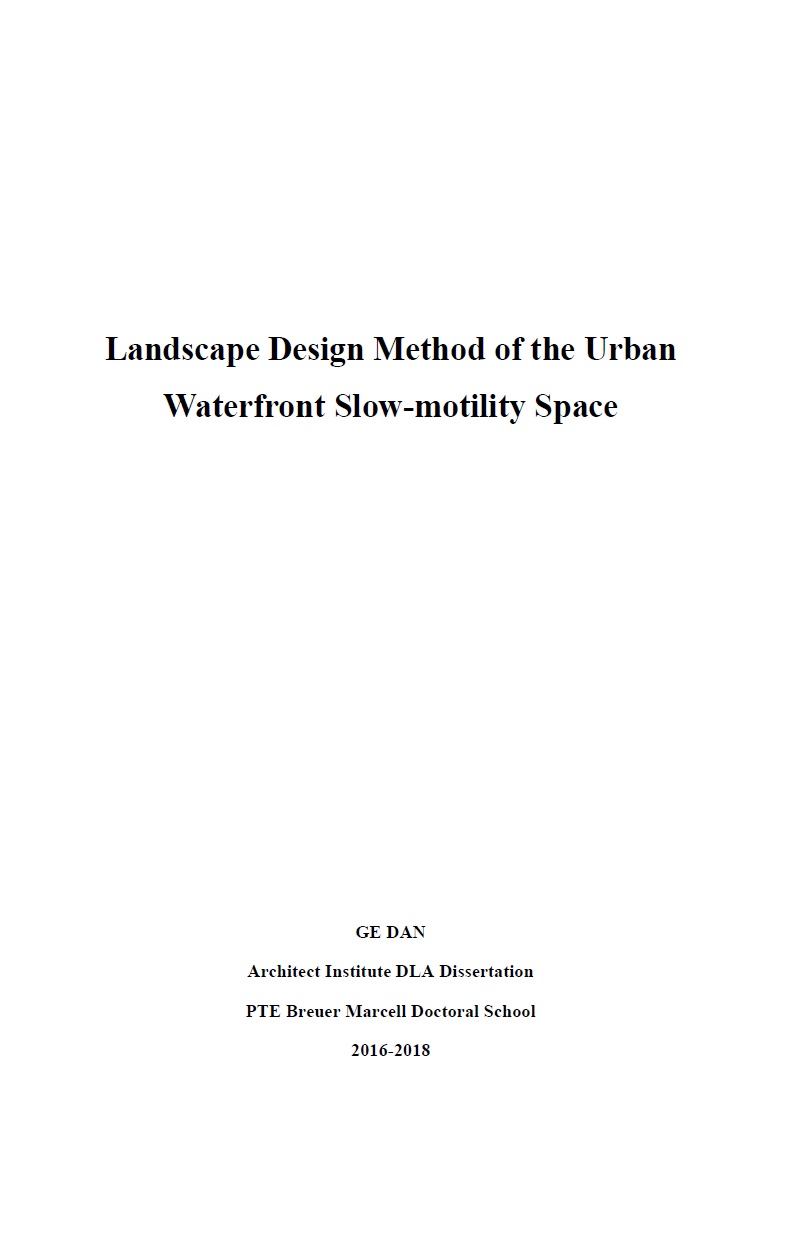Landscape Design Method of the Urban Waterfront Slow-motility Space
Abstract
The waterfront area is the birthplace of human civilization and an ideal place for human gathering. Most
of the world's famous cities are built with water and are prosperous by water. In 1991–1992 the UNCED
Preparatory Committee (Prep Com) stated:’The world’s population is expected to exceed 8 billion by the
year 2020. 60%of the world’s population already lives in coastal areas, while 65% of cities with
populations above 2.5 million are located along the world coasts’1。
After thousands of years of development, the waterfront has gradually become the main axis of urban
space development, carrying urban culture, presenting the image of the city, and providing a rare
hydrophilic area and public space for local residents. The waterfront slow space is an indispensable
transportation space in the waterfront area, and it is also an important place for people to experience and
perceive the waterfront landscape. Under different design concepts, the route organization of urban
waterfront slow-motility space has great differences, and significantly affects the landscape quality of the
waterfront. This paper attempts to analyze the design and evaluation methods of the waterfront
slow-motility space from the perspective of landscape perception. In order to analyze related issues in
depth, this chapter first defines the relevant core concepts, clarifies the background, purpose and
significance of the research, and clarifies the research ideas, content arrangements and research methods

